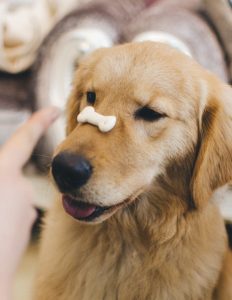Get an awesome recall. Join my 30 day, step by step program now...
Reactive dog behaviour starts somewhere. Why we are ALL responsible in some way!
Reactive dog behaviour starts somewhere. There isn’t a single reactive dog that just became reactive out of no-where. Whether their reaction is justified or not is a different story. But in all cases, the problem started with a request to stop that was ignored.
Behind every reactive dogs behaviour is a string of experiences that the dog tried to avoid. Times they were approached, despite showing clear signs they are scared or wanting to be left alone. It’s the dog in the park they are forced to meet, despite giving clear warnings they don’t want to interact. Or it’s the unwanted treat being pushed into their face by a looming hand. Of course, the dog recoils from the well meaning hand, but that doesn’t help. “Dogs love me” they will say as they chase the dog as far as their lead will allow.
It’s the kids that are desperate to pet the cute pup, the cyclist that zooms past dogs, the skateboarder showing off in front of his friends, the crowds of people, the hyper pup that runs up to everyone – just being friendly! It’s everyone. It’s not their fault, they are all going about their business, but they have an impact.
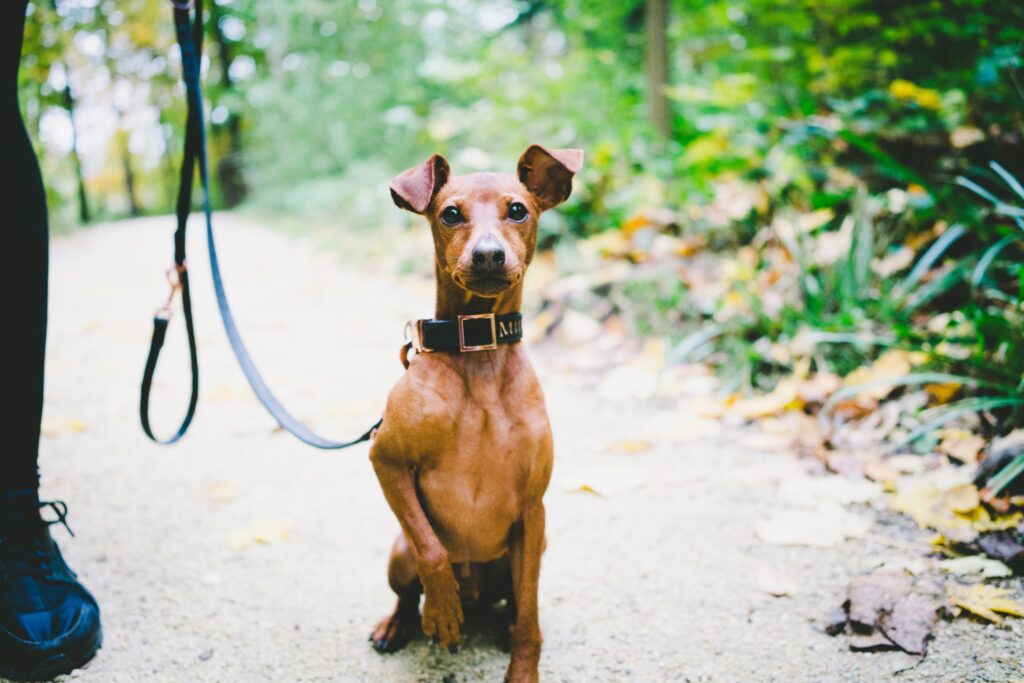
Behaviour is communication
But, whilst it’s the owner that is stuck holding onto a frantic dog, feeling terrible and inadequate. At the heart of it, this fast growing problem, is all of our faults. In every case, a dogs natural communication has failed. The dog has tried to tell us they are scared, or they don’t want to interact, but they were ignored.
When subtle communication fails, the dog has to try harder to get their message across. And if that fails also, the dog may have to take matters into their own hands. The well meaning stranger that “all dogs love” ignored the dogs initial body language. The stiff behaviour and staring eyes merely encouraged them to try harder; to “help” the pup. So, he continued, forcing the pup to back away until the pup could go no further. He had reached the end of the lead and was as far behind his owner as possible, but it wasn’t enough. I don’t know why people are so surprised when this pup snaps or growls.
A reactive dog is created
But, in that moment, well meaning or not, a new behaviour was taught by the man who thinks they are loved by dogs. Next time that dog is in a situation that is even vaguely similar, they will go straight to the behaviour that worked best last time. Their emergency response system will be triggered and moments later the dog will be labelled as reactive.
Creating a reactive dog takes a moment. But fixing reactive behaviour is a long, hard process. You have to teach a dog to ignore their primal instinct to protect themselves, whilst you prove to them their trigger is actually quite safe after all. Every set back just reinforces your dogs opinion that their trigger was as bad as they always thought, creating even more work for you.
What can we do?
Whether you are the frightened dogs owner, or a cyclist, parent, child, owner of another dog, or whatever. We can all do two simple things to help the pups and dogs in our communities.
First, we can all watch for anxious dog communication. The first signs that a dog is not comfortable include stiffness, especially in the shoulders, tail and ears. Often they have a twitchy tail,and staring eyes too. If you spot this in another dog, stop. They are asking you, your child, or your dog, very kindly, to leave them alone. This should be respected.
This advice is for all concerned, not just strangers to the dog. As owner your job is to advocate for your dog, so if you spot the signs, and someone else doesn’t, you have to act. This could be by drawing attention to your dogs body language, or simply by removing them yourself. In fact, this might be the better option, especially in circumstances you have little control over such as off lead play areas, or busy and noisy roads.
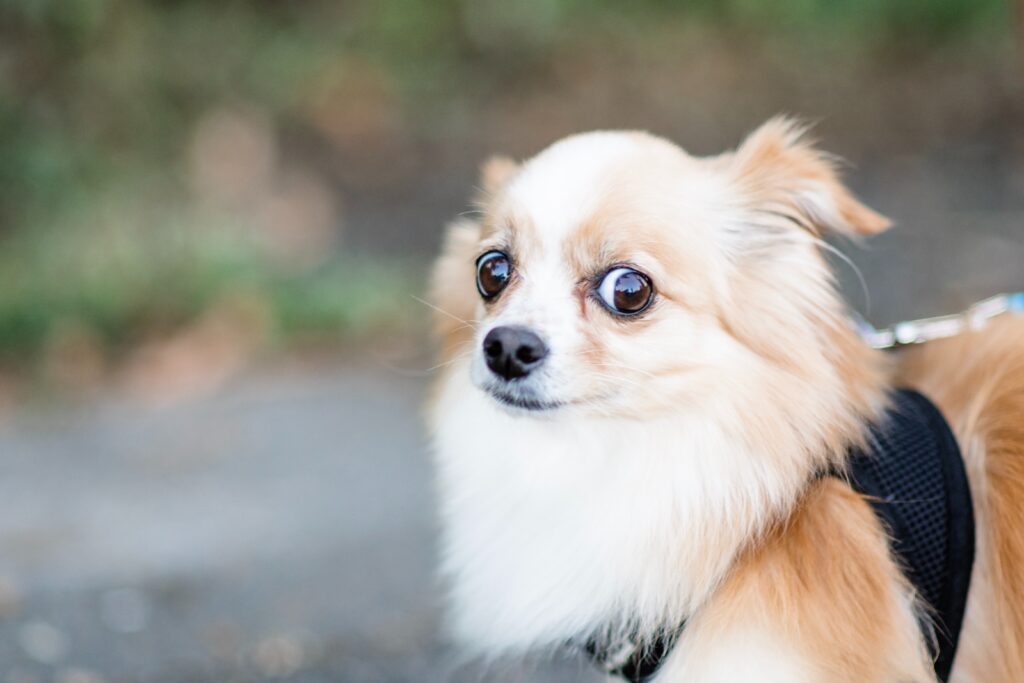
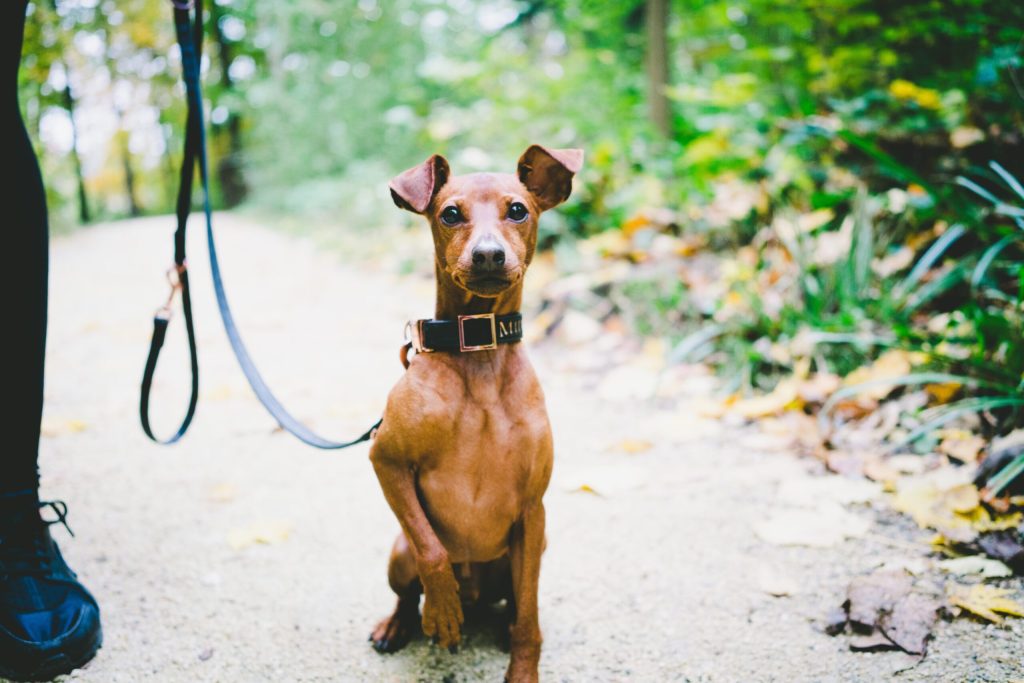
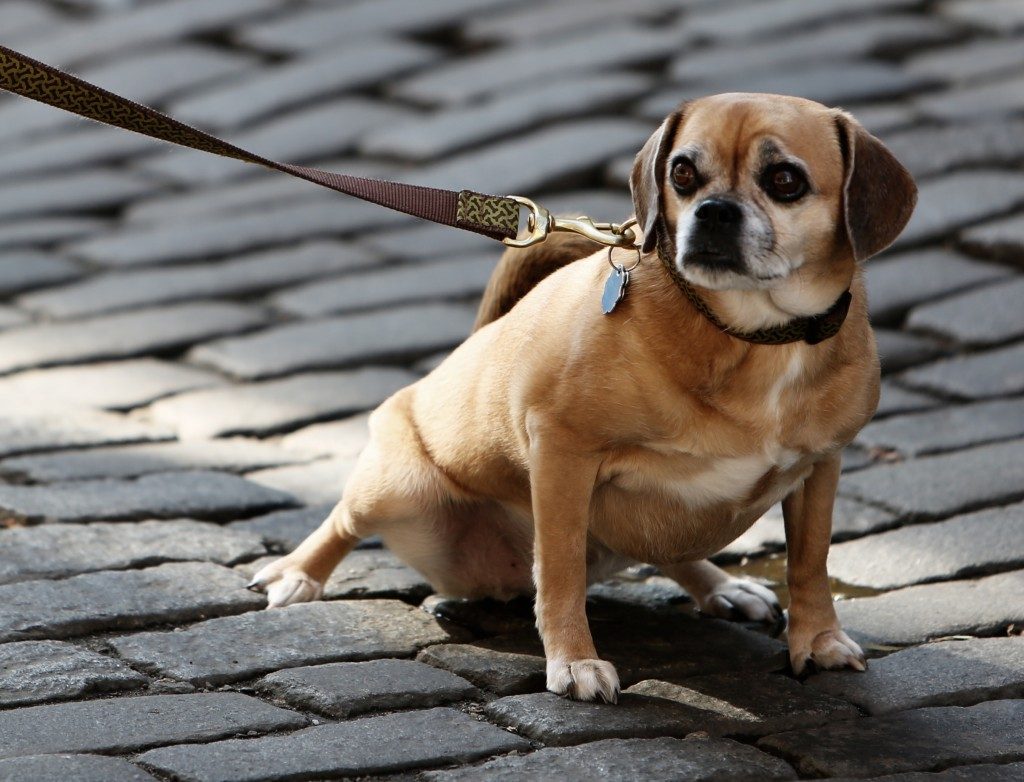
Second, we can all make space. If there’s a chance a dog could be surprised by us, or we don’t know the dog, we should always give extra space. When you surprise a dog, they don’t have time to communicate with us. In this situation, their emergency response will be triggered, regardless of how well they cope normally. This is a biological response and not something they, or the owner, can control. So try not to judge or pass comment if a dog is reactive to you. The emergency response is driven by adrenaline and it won’t settle until the adrenaline subsides.
Let’s all be kind!
Are you struggling with reactive dog behaviour?
Or check out my online Reactive Dog Behaviour Workshops


